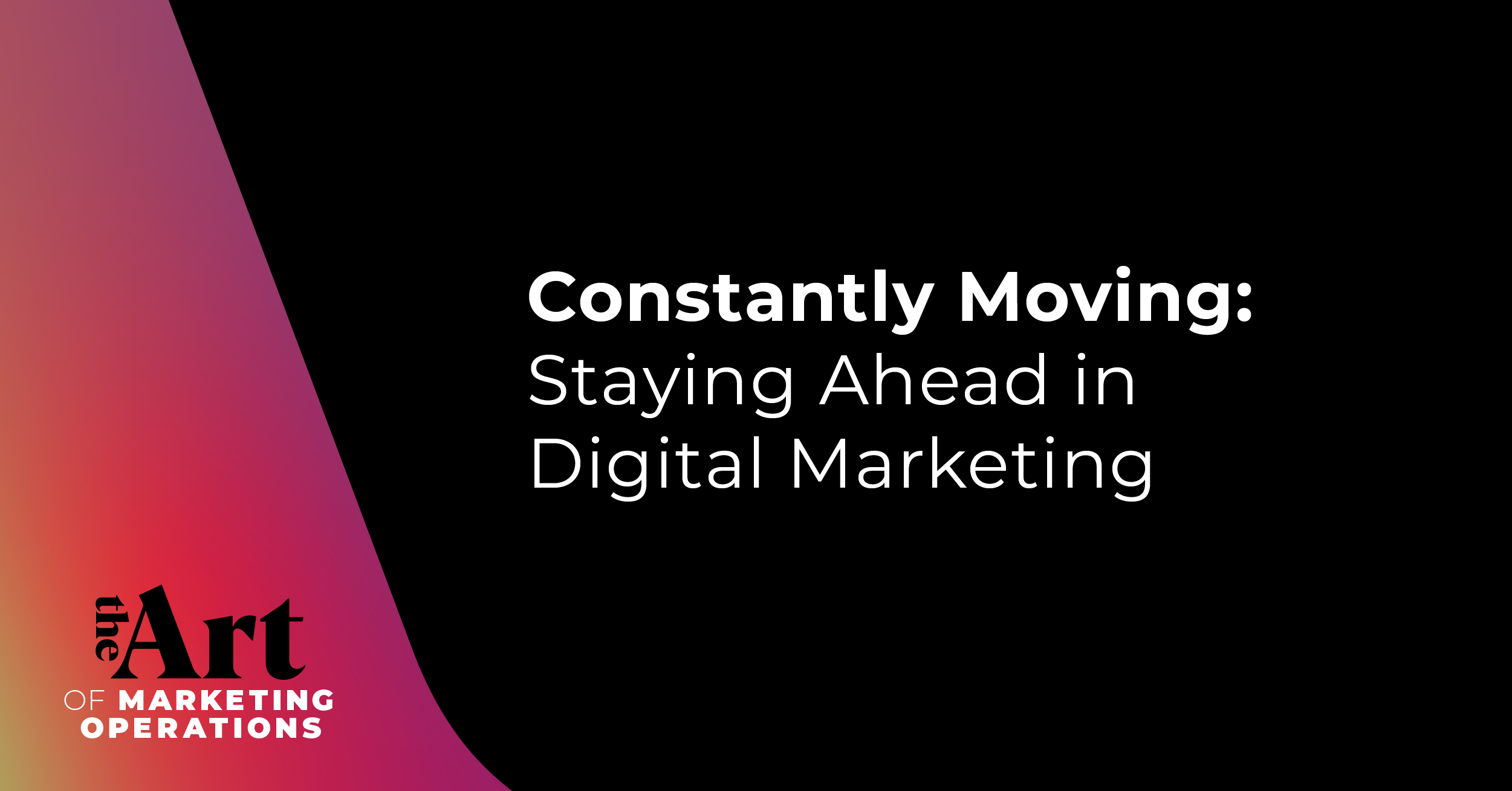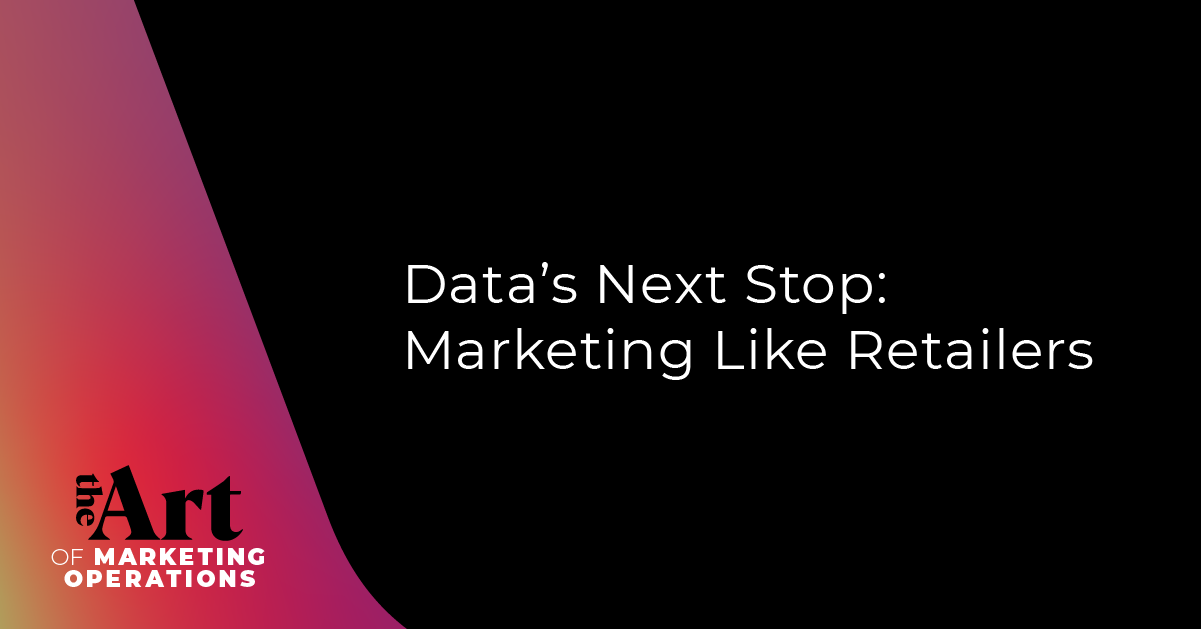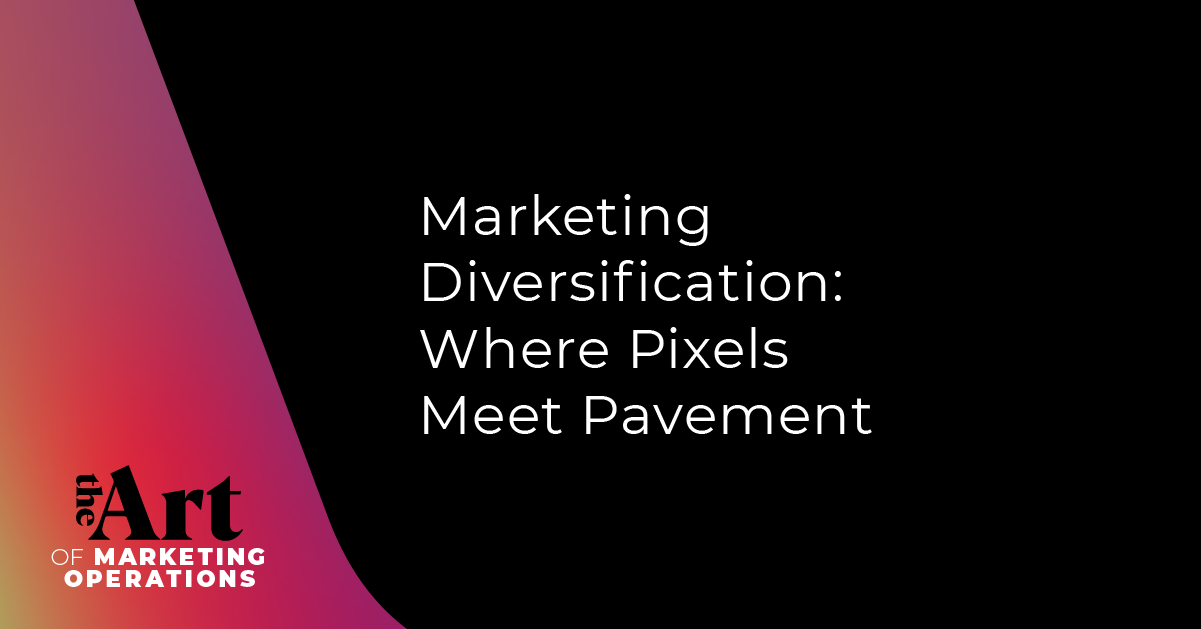The challenge of physical stores breaking down the e-commerce wall is well-known. Now, with so many brands beginning as e-commerce companies, the opposite is a massive challenge as well.
In the early days, established brick-and-mortar stores could break into the e-commerce world by keeping consumers’ attention through enhanced marketing. In today’s digital-first, physical-second environment, the challenge is getting products on shelves.
Kenji Gjovig, Founder and Managing Director at Bayfield Company, understands this dilemma in its entirety. His national e-commerce and consulting firm aims to help e-commerce companies create their presence in brick-and-mortar stores.
Low-risk entry fee for e-commerce
Emerging brands have found the e-commerce space extremely easy to enter — with a miniscule amount of associated risk. Kenji set up his first Shopify store in just a single weekend. Major corporations, such as Amazon, are making strides to expand entry into e-commerce as well.
When these brands not only survive but thrive in the e-commerce space, their growth options eventually narrow down to the need to move into brick-and-mortar stores.
Success and growth in the direct-to-consumer space
This is true even in the DTC space. Brands like Dollar Shave Club and Harry’s found remarkable success with bringing consumers to their own, proprietary sites, even when their products were not offered in any other channels or platforms.
Eventually, their explosive growth meets its limit. This leads to the need to put their products on shelves in physical locations to achieve more growth. Moving from solely e-commerce to e-commerce plus physical requires brands to expand and broaden their skills — often, with limited resources.
Challenges for e-commerce companies expanding into physical stores
Expanded skill sets
“The biggest challenge for e-commerce brands expanding to physical stores is that it requires brands to be good at many things,” Kenji says. “They have to be successful at digital marketing, engaged with retail media, and more.”
With corporations such as Walmart Connect, Target Roundel, Kroger Precision Marketing, Albertsons Media Collective, and more, customers are engaged digitally, but fulfillment may happen at the store. For brands to succeed, they must be successful across both channels.
Limited resources
Balancing both channels requires a strong, solid entry plan for the market — and dedication to that plan.
“Pick and choose. Being successful is not just about what you do, but it is also about being successful at saying no to what you do not do,” Kenji says.
Growth comes with a different skill set. Kenji equates the skills necessary for brands to the generalized skillset of an athlete. Instead of having highly specific refined skills, it is key for brands to embrace a broader skillset across many disciplines.
Differences and opportunities in product packaging
One of the major differences brands will see in e-commerce and brick-and-mortar environments is product packaging preferences.
In the e-commerce space, consumers are generally not concerned about packaging, as they have already performed the necessary research for product information prior to purchasing the product. Often, customers will opt for frustration-free packaging (essentially, a brown, corrugated cardboard box with no graphics or information).
In-store, brands are faced with the challenge of standing out amongst competitors on the same shelf. Product packaging in-store should be aesthetically appealing and allow customers to interact with the product as much as possible. Packaging for products sold in brick-and-mortar environments needs to not only tell an intriguing story quickly but also be highly interactive and functional.
When browsing digitally, consumers like to be able to see every angle of the product, as well as nutrition or product specifications. Along with 3D and rotating product view options, offering videos of relevant topics, such as product set-up, can offer a strong differentiator that engages customers quickly.
Content is king: overcoming challenges and finding success in a broad and varied space
Kenji’s passion is content. He has several YouTube channels, some with over two hundred thousand followers and tens of millions of views. He wrote a book with the help of ChatGPT, and he created a content website.
“It is a three-legged stool in the same niche. I have YouTube, a Kindle-published book, and a content website. So, in a way, it feeds itself,” Kenji says. “In this day in age, content is absolutely king, and the space is changing so rapidly.”
Considering how quickly both short and long-form content has taken over, brands are not just focused on social media marketing anymore. Instead, brands should shift their focus to building a media brand with several content outlets driving the same purpose.
Elevating customer reviews and user-generated content
Customer reviews can make or break a brand. A good star rating could be the decision point in and of itself, while a bad star rating could be the reason your target audience clicks away instantly.
User-generated content and influencer marketing are becoming equally as important as customer reviews. With influencer marketing bringing flow to the top of the funnel, user-generated content offers lower funnel conversions. A strong, balanced combination of the two is what sets brands above the rest.
Interested in learning more? Listen to our full conversation with Kenji, where we take a deep dive into the ever-evolving world of e-commerce, expanding e-commerce brands into brick-and-mortar stores, the value of a strong digital presence through customer reviews and user-generated content, and more. Listen on Apple Podcasts, Spotify, or your favorite podcast player.








.png)
_headline%20-%201%20guest%20.png)

